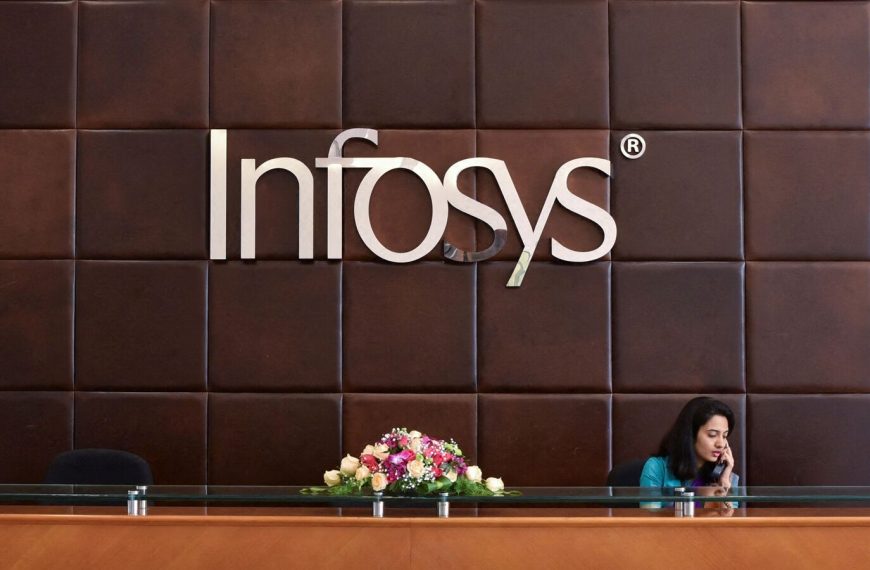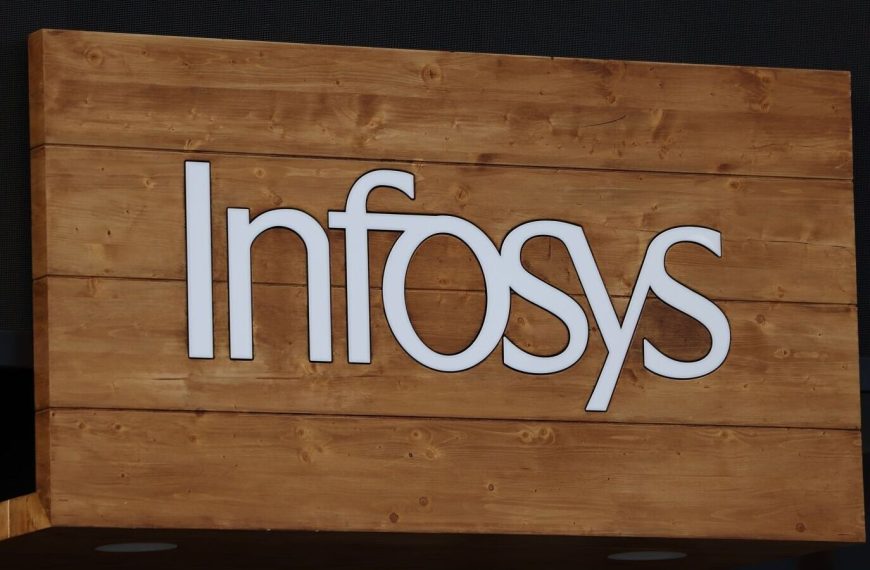In early April 2025, a sudden shift in global trade policies sent shockwaves through financial markets. U.S. President Donald Trump unveiled a broad set of reciprocal tariffs aimed at nearly all major trading partners, marking a departure from the typical tit-for-tat strategies of past years. These tariffs, linked directly to trade deficits rather than negotiations, have created a landscape where they appear largely unalterable. The immediate fallout was staggering: U.S. equity markets plummeted, losing $5.3 trillion in value over just two days, igniting fears across various sectors and regions.
Understanding the Trade Tariff Impact
As the news broke, Aswath Damodaran, a renowned valuation expert from NYU, observed the unfolding crisis while en route to Latin America. He recognized not only the panic but also the emergence of what he termed the “crisis cycle.” This concept draws parallels with previous market disasters, such as the 2008 financial crisis and the COVID-19 economic downturn.
The Crisis Cycle Explained
Damodaran outlines that every financial crisis begins with a significant shock. In this case, the abrupt tariff announcement triggered an immediate reaction among investors. As they reassessed their expectations, many opted to liquidate assets and sought higher returns to compensate for the escalating risks.
- Immediate Effects: Rapid market reactions include:
- Selling off of assets
- Increased demand for higher returns
As the crisis develops, it permeates the real economy, leading to reduced consumer and business spending. This contraction can result in economic slowdowns or even recessions, negatively impacting earnings and cash flows.
Long-Term Economic Consequences
According to Damodaran, the ramifications of such tariff policies extend beyond immediate market reactions. They can alter economic dynamics, resetting expectations for growth and inflation. Early indicators of a slowdown include:
- Declining commodity prices
- Widening corporate bond spreads
These trends suggest that the global landscape may be shifting, prompting businesses to rethink supply chains and governments to reassess political alliances. The recent market dip affected all sectors uniformly, indicating that no area is immune to the crisis.
The Equity Risk Premium (ERP) and Investor Sentiment
A crucial metric during times of market instability is the equity risk premium (ERP), which reflects the additional return investors require for holding stocks compared to risk-free assets. Damodaran emphasizes that a rising ERP is a clear indicator of investor anxiety.
Historical ERP Trends
- 2008 Financial Crisis: ERP surged from about 4% to nearly 8%.
- COVID-19 Crisis (2020): ERP jumped from 4.4% to 7.75%.
Following the recent tariff announcement, the ERP escalated from 4.57% to 5.08% within just two days, showcasing a swift reevaluation of risk across the board. This increase also coincided with wider corporate bond spreads, signaling stress in credit markets.
Reassessment of Investment Strategies
In times of crisis, Damodaran identifies three investor archetypes: doomsayers, contrarians, and the indecisive, each with their own pitfalls. He argues that there’s no singular correct approach; strategies should align with an individual’s cash flow needs, investment timelines, and overall market perspectives.
- Personal Strategy: Damodaran suggests:
- Daily tracking of equity risk premiums
- Revaluing investments, particularly in tech
- Identifying undervalued stocks during market turbulence, such as BYD and Mercado Libre
Conclusion: Navigating Market Turbulence
Amidst volatility, it’s essential for investors to maintain a balanced perspective. Damodaran encourages focusing on long-term goals rather than getting swept away by market fluctuations. Ultimately, making informed decisions that allow for peace of mind during turbulent times is crucial for navigating the complexities of the financial landscape.
For more insights on market strategies and updates, consider exploring resources like Investopedia or Yahoo Finance.










